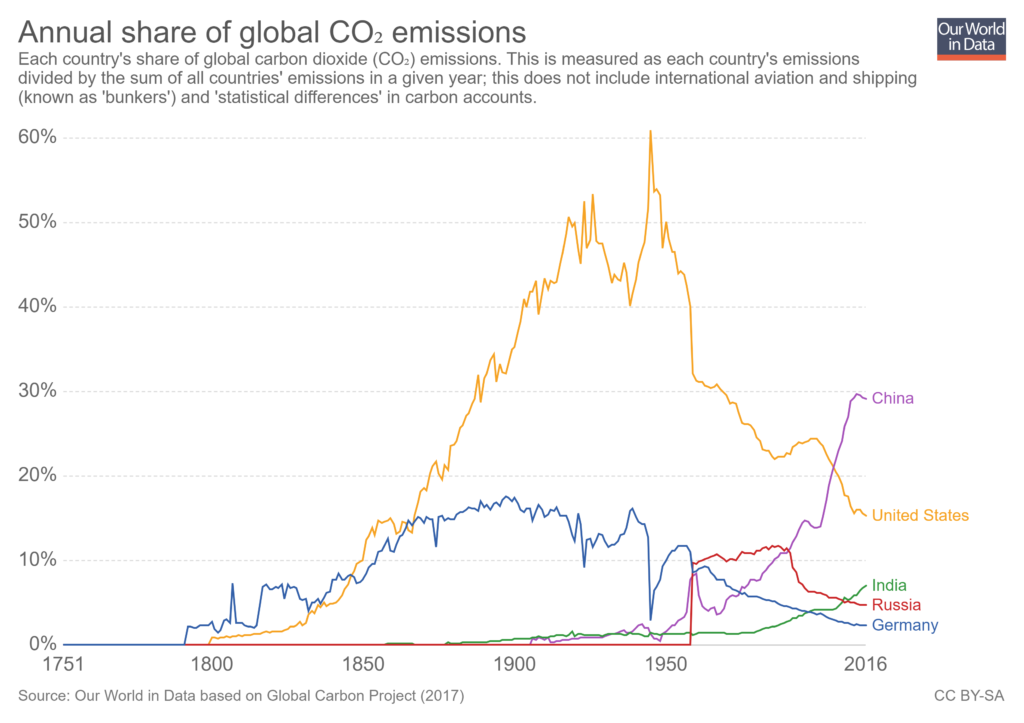 The Pew article, A record number of women will be serving in the new Congress by Drew Desliver (12/18/18) provides an historical overview and the chart copied here of women in congress.
The Pew article, A record number of women will be serving in the new Congress by Drew Desliver (12/18/18) provides an historical overview and the chart copied here of women in congress.
When the 116th Congress convenes next month, women will make up nearly a quarter of its voting membership – the highest percentage in U.S. history, and a considerable increase from where things stood not too long ago.
A record 102 women will serve in the incoming House of Representatives, comprising 23.4% of the chamber’s voting members. More than a third of those women (35) won their seats for the first time in last month’s midterms.
The differences by party are notable. For instance, the most Republican women in the House of Representative was 25 in 2017-2019 and down to 13 this year. On the other hand, there have been more than 25 Democrat women in the House since the 1993-1995 congress. As a percentage of each party’s delegation, women have never exceeded more than 10% of Republican House members. From 109th through 112th congress (2005-2013) women made up 9.9% of Republican House members. This is down to 6.5% (13 women) this year. On the other hand, women have been generally increasing as a percentage of Democrat House members since the 101st congress (1989-1991) and stand at 38% (89 women) this year. Wikipedia posts this data in a table, which comes from a Congressional Research Service report.
Related post: World Development Indicators: Proportion of seats held by women in national parliaments (3/2/17)









